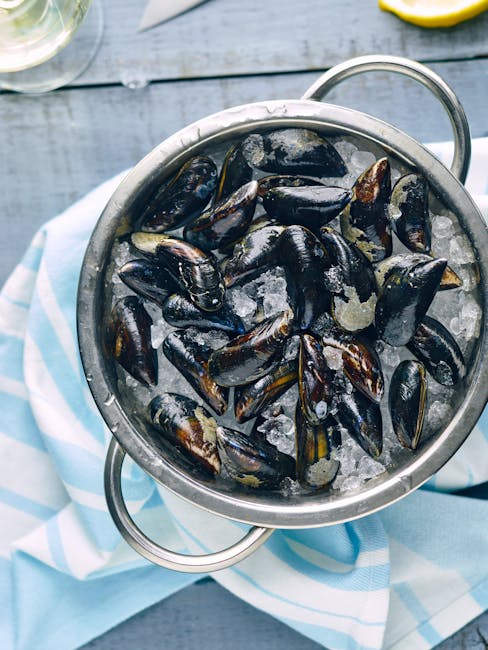
That Shrimp Cocktail Could Be Carrying a Terrifying Secret
Imagine settling down to a delicious meal of shrimp scampi or a fresh, zesty shrimp cocktail. It’s a popular, seemingly healthy choice enjoyed by millions. But what if that succulent seafood carried an invisible threat—one that could undermine modern medicine as we know it? Recent discoveries have sent a chill through the scientific community: a deadly, drug-resistant superbug gene is being found in imported shrimp, and it’s resistant to one of our last-resort antibiotics.
What is Colistin, and Why is Resistance a Global Threat?
In the war against bacteria, colistin is one of the big guns. It’s a “last-resort” antibiotic, reserved for treating the most severe infections when all other drugs have failed. For decades, doctors have relied on it to save patients from life-threatening superbugs.
However, the emergence of bacteria carrying resistance genes, like the notorious mcr-1 gene, makes them impervious to colistin’s effects. When bacteria can shrug off our last line of defense, a simple infection can become untreatable, turning a manageable illness into a fatal one. The World Health Organization has warned that this kind of antibiotic resistance is one of the biggest threats to global health, food security, and development today.
The Shrimp Connection: How Superbugs End Up on Your Plate
So, how does this global threat land in your kitchen? The answer often lies in overseas aquaculture practices. In many large-scale shrimp farms, thousands of shrimp are packed into crowded ponds. To prevent disease outbreaks and maximize yield, farmers sometimes resort to using vast quantities of antibiotics, including colistin.
This widespread use creates the perfect breeding ground for antibiotic-resistant bacteria. The bacteria that survive the antibiotic onslaught multiply, passing their resistance genes to other bacteria. These superbugs then contaminate the shrimp, the water, and the processing facilities, eventually making their way into the global food supply chain and onto your dinner plate.
Are You at Risk? Understanding the Danger of Cross-Contamination
The good news is that thoroughly cooking shrimp to an internal temperature of 145°F (63°C) will kill the bacteria themselves. However, the risk doesn’t end there. The real, and more insidious, danger is cross-contamination.
When you handle raw, contaminated shrimp in your kitchen, the superbugs can easily spread to your hands, cutting boards, countertops, utensils, and even other foods like salad greens. Even if you don’t get sick directly, these resistance genes can be transferred to the bacteria already living in your gut. This contributes to the silent spread of antibiotic resistance in the community, making future infections much harder to treat for everyone.
How to Protect Yourself and Your Family
This news is alarming, but it doesn’t mean you have to give up shrimp forever. By being a smart and careful consumer, you can significantly reduce your risk:
- Cook It Thoroughly: Always cook shrimp until it is pink and opaque. This is your most effective defense against the bacteria themselves.
- Fight Cross-Contamination: Treat raw shrimp like you would raw chicken. Use a separate cutting board, wash your hands with soap and hot water immediately after handling it, and thoroughly clean all utensils and surfaces that came into contact with the raw seafood.
- Shop Smarter: Look for wild-caught shrimp, especially from North American sources where antibiotic use is more strictly regulated. If you buy farmed shrimp, look for products certified by reputable organizations like the Aquaculture Stewardship Council (ASC), which prohibits the use of critical antibiotics.
The presence of colistin-resistant superbugs in our food is a wakeup call. It highlights how farming practices on the other side of the world can have a direct impact on our health. By making informed choices, we can not only protect our own kitchens but also send a powerful message to the global seafood industry that safety and sustainability must come first.
